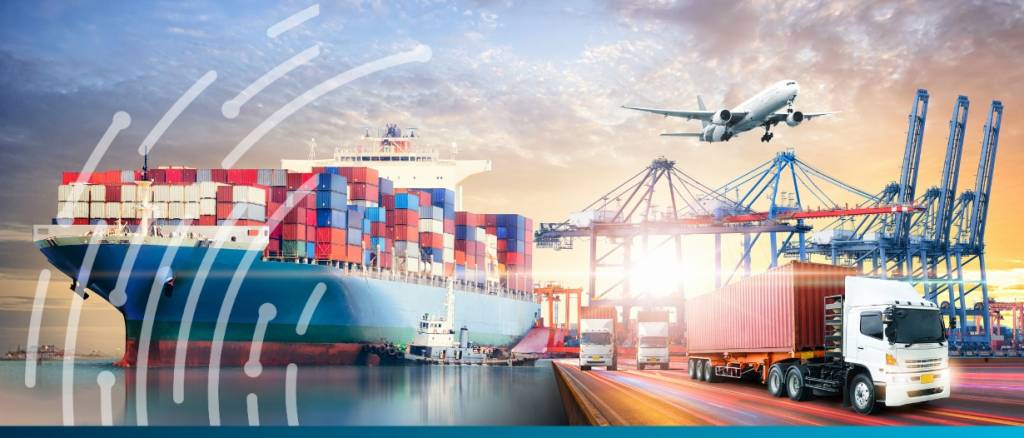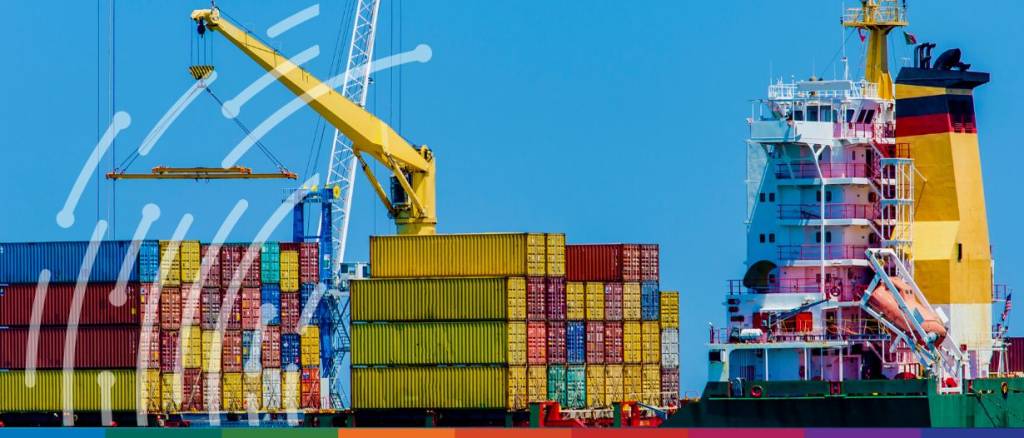Enigio and Mitigram announce a new partnership aiming to enhance global digital trade. Find out more about the partnership here!
At MC13, 27 February, a group of leading international organisations forged an agreement to promote a unified goal of developing a neutral, open, non-profit, and inclusive digital platform for sharing trade data.
Learn why data is crucial in navigating geopolitical & sanctions risks within the payments space, ensuring compliance & financial integrity.
The World Economic Forum is set to host the inaugural TradeTech Forum 2024, where 300 ministers, industry leaders, trade professionals, and representatives from civil society will discuss the integration of… read more →
Singapore-based fintech start-up Xalts, has announced the acquisition of Contour Network after Contour announced bankruptcy in October.
As we sail through the choppy waters of global trade in 2024, we find ourselves in a world transformed by both financial and geopolitical shifts.
In 2023, OECD’s yearly analysis reported that reforms of service trade liberalisation policies in 2023 fell short of expectations. Despite this, liberalisation policies slightly surpassed the introduction of new restrictions.
Finastra, a leading provider of financial software applications and marketplaces, alongside Tesselate, a consultancy and integrator for digital transformation, have announced the introduction of a comprehensive, ready-to-implement service aimed at… read more →
Surecomp revealed that Commerzbank AG has opted to implement Surecomp’s DOKA-NG™ solution for back-office trade finance processing across various entities.
Get your import & export processes right by understanding the key elements of Incoterms, Ex Works (EXW), common mistakes & best practices.
























